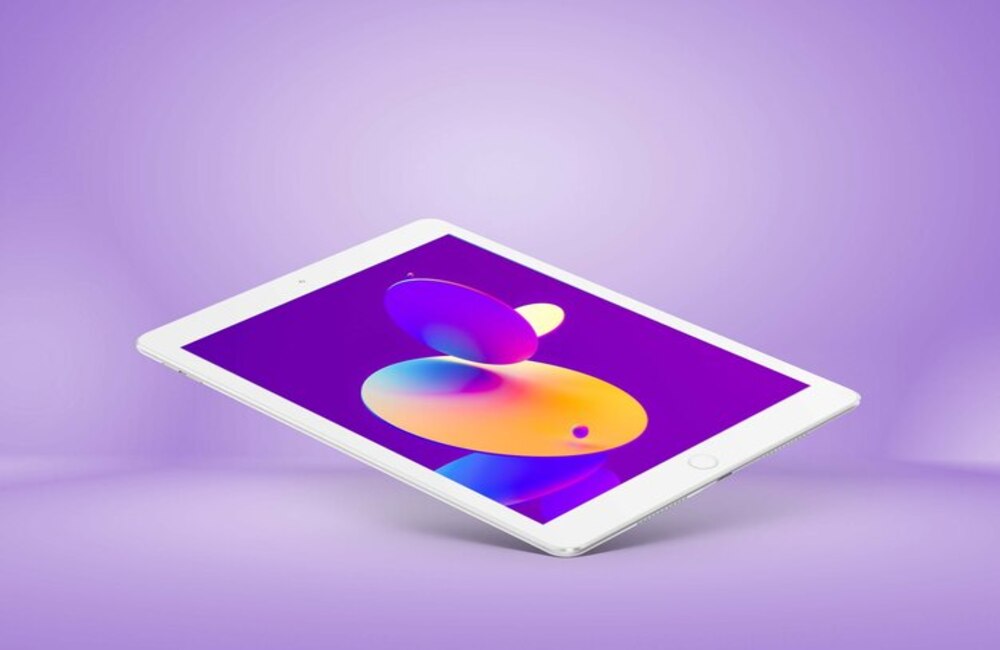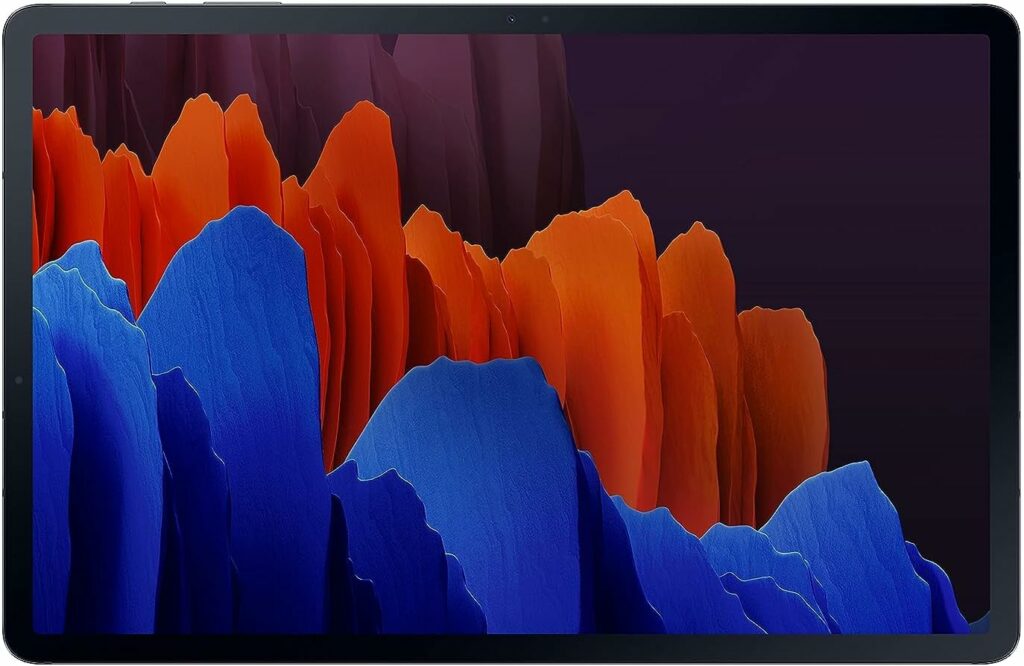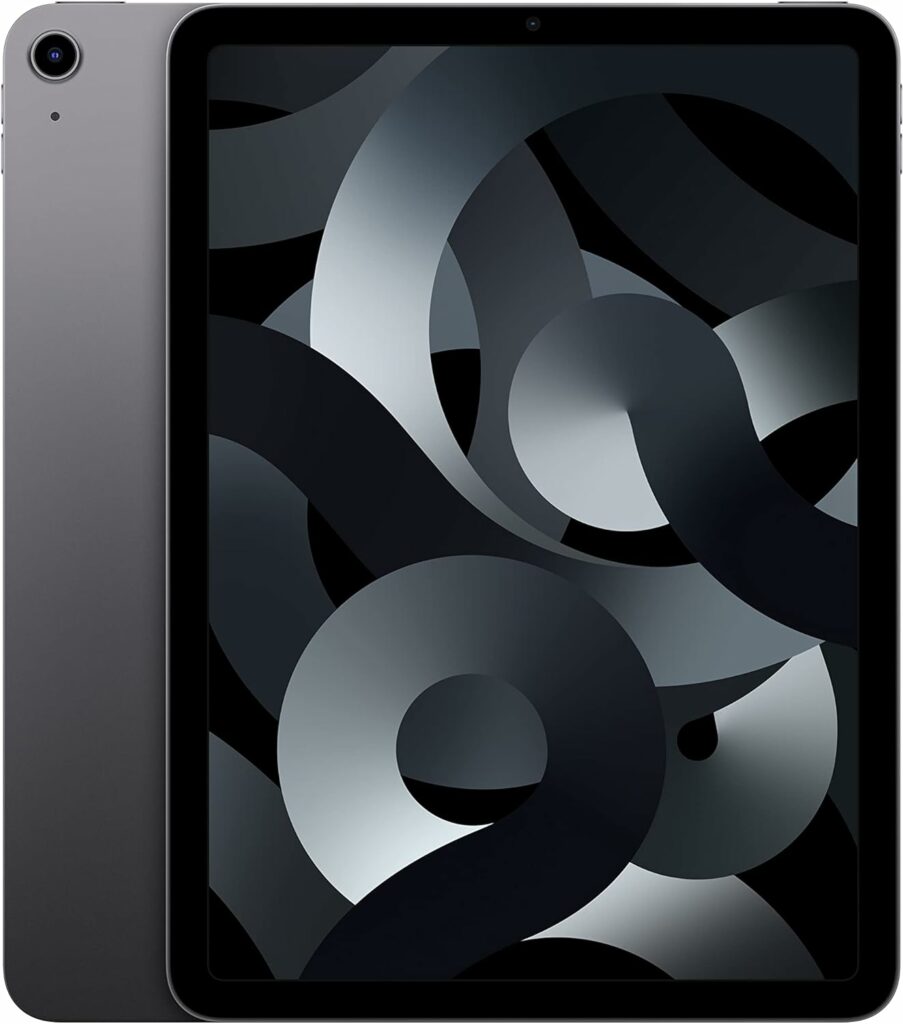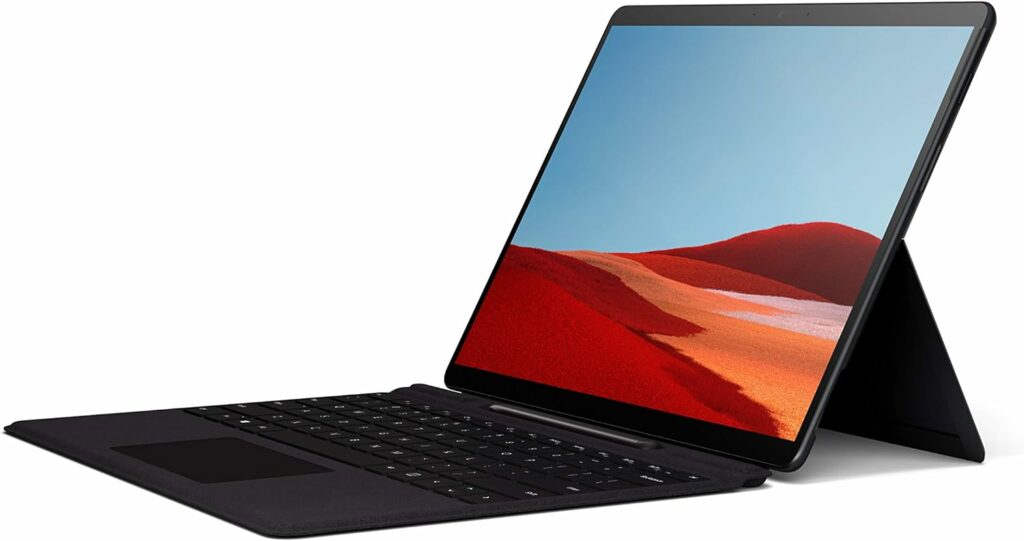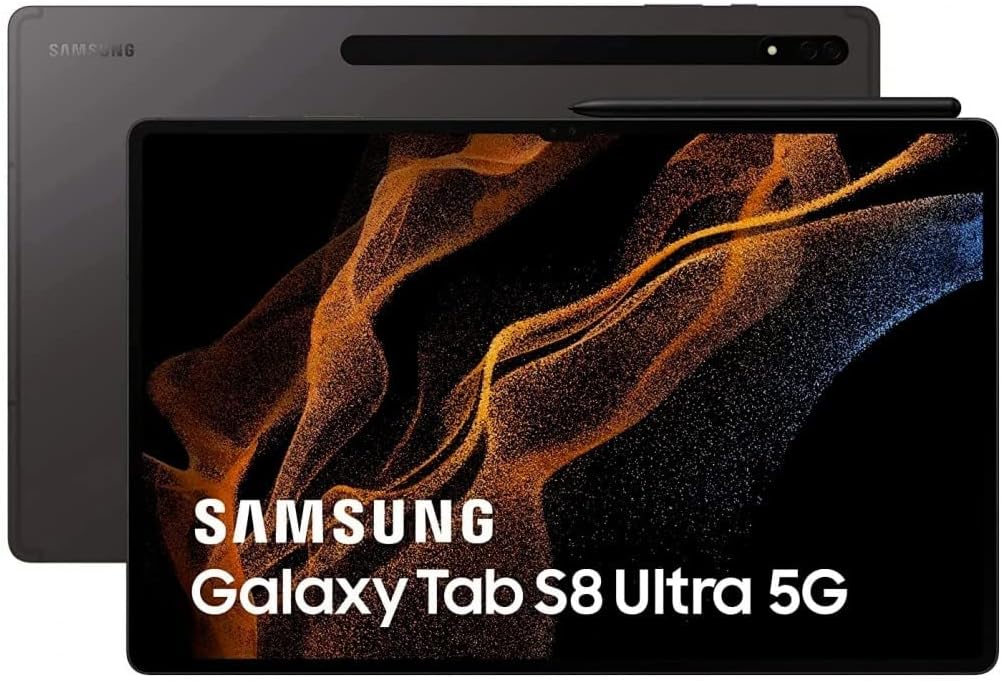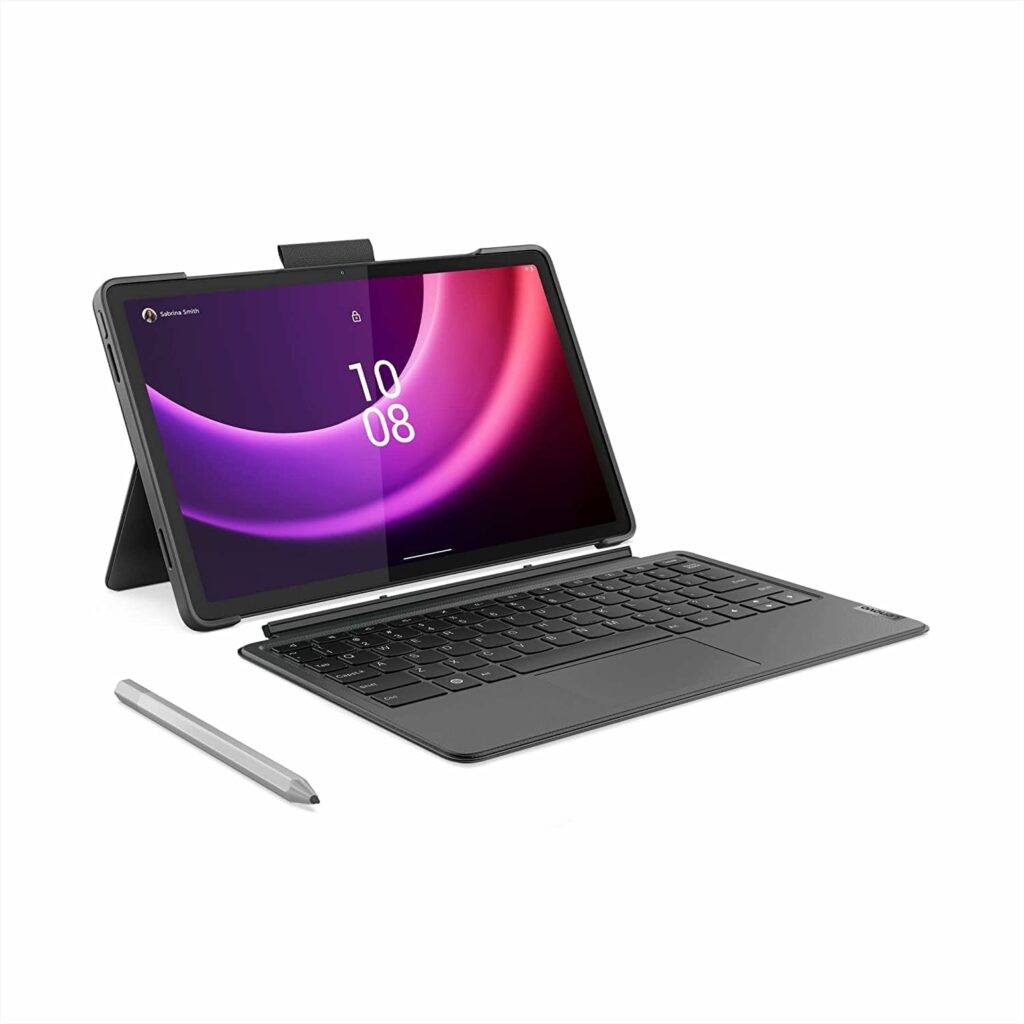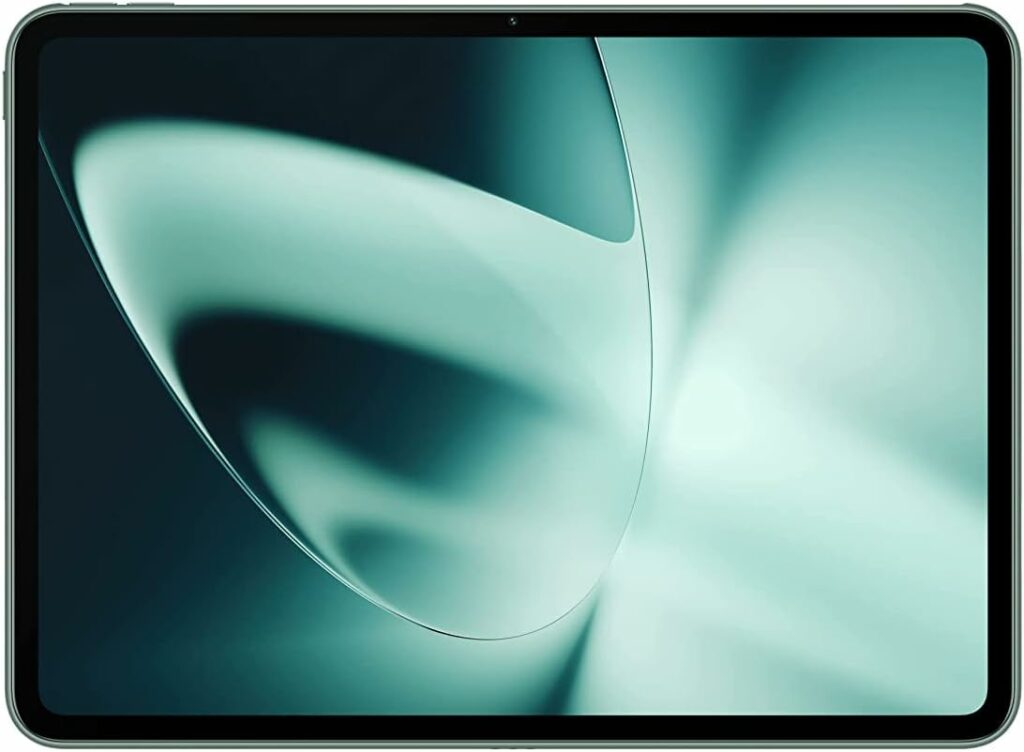With machine learning becoming increasingly popular, having the right tablet to run machine learning applications and models has become important for developers, engineers, and students.
The ideal tablet for machine learning should have sufficient processing power, RAM, and storage to handle computationally intensive workloads. Additionally, a good stylus, keyboard, and large high-resolution display make the tablet more usable for programming and visualizing data.
Machine learning as its a branch of artificial intelligence that involves creating systems that can learn from data and make predictions or decisions. Machine learning requires a lot of computational power, especially for complex tasks such as image recognition, natural language processing, or deep learning.
Therefore, choosing the best tablet for machine learning depends on several factors, such as the type of machine learning you want to do, the software and tools you need, the budget you have, and the portability and battery life you prefer.
Our recommended Best Tablet For Machine Learning (Deep Learning, AI, Data Science)
- Samsung Galaxy Tab S7+ : Overall Best for Machine Learning
- Apple iPad Air 5 : Best Mid-Range Tablet for Deep Learning
- Microsoft Surface Pro X : Best for AI Programming
- Samsung Galaxy Tab S8 Ultra : Best For Data Scientists
- Lenovo Tab P11 2nd Gen : Best for AI Students
- OnePlus Pad : Android Tablet for Deep Learning
1. Samsung Galaxy Tab S7+ – Overall Best for Machine Learning
The Samsung Galaxy Tab S7+ is arguably the best Android tablet available today for machine learning applications. It comes with a fast Snapdragon 865+ processor, 6/8GB RAM, up to 512GB storage, and a stunning 12.4-inch Super AMOLED display with 2800 x 1752 resolution. The combination delivers excellent performance for running machine learning frameworks like TensorFlow Lite and PyTorch Mobile.
The S Pen stylus included with the tablet works flawlessly for writing code and annotating datasets. DeX mode effectively turns the tablet into a makeshift desktop for easier multitasking. OneUI based on Android 10 has good support for programming apps and Linux on DeX. The long battery life and 45W fast charging are also useful for productivity. Overall, the Samsung Galaxy Tab S7+ provides the best mix of power, display quality, portability, and software ecosystem for Android-based machine learning work.
2. Apple iPad Air 5 – Best Mid-Range Tablet for Deep Learning
The latest iPad Air 5 strikes a nice balance between price and performance for deep learning applications. The M1 chip shared with MacBooks delivers significantly better computational speed compared to previous iPad generations. Models with 8GB RAM provide sufficient memory to train small-to-medium sized neural networks smoothly. The 10.9-inch Liquid Retina display looks sharp with 2360×1640 resolution.
iPadOS limitations hamper extensive coding work, but the tablet works well for prototyping and running pre-trained deep learning models. The Neural Engine in the M1 chip accelerates common ML tasks. Support for the Apple Pencil 2 and Magic Keyboard make the iPad Air a capable portable workstation for data scientists. Overall, it’s among the most affordable tablets that can comfortably handle deep learning workloads.
3. Microsoft Surface Pro X – Best for AI Programming
Microsoft’s Surface Pro X tablet has built a reputation as a versatile 2-in-1 device for programming complex AI applications. The custom SQ1/SQ2 ARM processor delivers good computational performance aided by up to 16GB RAM configuration. The 13-inch touchscreen has a high 2880×1920 resolution and smooth 120Hz refresh rate.
The Microsoft Surface Pro X really shines for coding with its excellent Type Cover keyboard and Surface Slim Pen stylus. The keyboard attaches securely via magnetic pins and provides a responsive typing experience reminiscent of a gaming laptop. Windows on ARM has mature IDE support through Visual Studio and Visual Studio Code. The tablet can even run Linux distributions for added flexibility. With its premium design and typing comfort, the Surface Pro X is great for coders working extensively on AI/ML projects.
4. Samsung Galaxy Tab S8 Ultra – Best For Data Scientists
If you want no compromises in display size or quality, the Galaxy Tab S8 Ultra is specially designed for data scientists and analysts visualizing large datasets. The massive 14.6-inch Super AMOLED display with 2960×1848 resolution shows charts, graphs, and tables with incredible clarity and detail.
With the latest Snapdragon 8 Gen 1 processor, 8GB/12GB RAM options, and up to 512GB storage, Samsung’s flagship tablet has hardware suited for data crunching and training ML models faster. DeX mode enhances multitasking capabilities for data analysis. The S Pen stylus, Book Cover Keyboard, and seamless Android integration improve usability. If budget is not a constraint, the Tab S8 Ultra’s giant high-res display gives it an edge for data-heavy machine learning work.
5. Lenovo Tab P11 2nd Gen – Best for AI Students
The new Lenovo Tab P11 Gen 2 provides the right tablet experience for machine learning students on a budget. The mid-range MediaTek Helio G99 chipset handles basic coding and ML model training well. The 11.5-inch LCD display has 2000×1200 resolution good for viewing Jupyter notebooks and course material. The Tab P11 comes with 4GB RAM and 128GB storage, which is decent for student projects and assignments.
The optional keyboard folio case and Lenovo Precision Pen 2 add versatility for note-taking and productivity. Students also benefit from dual Dolby Atmos speakers for online lectures and two cameras for video calls. Lenovo’s Android tablet delivers solid performance and a complete package for STEM students getting started with machine learning, all at an affordable price point.
6. OnePlus Pad – Android Tablet for Deep Learning
As a new entry into the premium Android tablet segment, the OnePlus Pad has powerful hardware for deep learning applications. MediaTek’s Dimensity 9000 chipset competes with top-tier Snapdragon SOCs on AI performance. With up to 12GB RAM and 256GB UFS 3.1 storage, the tablet can handle training neural networks and ML models. The 11.61-inch LCD display looks sharp at 2800×2000 resolution and 144Hz refresh rate.
OnePlus Pad runs OxygenOS 13.1 based on Android 13 with useful productivity features for programming. The dual Dolby Atmos speakers provide an immersive entertainment experience. With its high-end processor, smooth display, fast charging, and a competitive price, the OnePlus Pad is among the best large-screen Android tablets right now for deep learning workloads.
How To choose the Right Tablet for Machine Learning
Processing Power – Tablets with high-end mobile processors like Snapdragon 8+ Gen 1, Dimensity 9000, and Apple M1 offer computational speed needed for machine learning. More processing power enables faster model training and inference.
RAM – Having 6GB or 8GB RAM is recommended for multitasking and smoother workflow when building machine learning models. Some tablets allow up to 12GB or 16GB RAM configurations for complex projects.
Storage – Look for at least 128GB storage and expandable options to install ML frameworks, datasets, models, and applications. Tablets with UFS 3.1 or higher internal storage have faster read/write speeds.
Display – A tablet with at least 11-inch display and 2000×1200 resolution provides ample screen real estate for viewing data, visualizations, and code. High refresh rate (90-120Hz) results in smoother experience.
Stylus & gaming Keyboard – A quality stylus and keyboard make it easier to write code on tablets. They add versatility for data annotation, note-taking, and general productivity.
Software Ecosystem – Tablets running iPadOS, Android, Windows have access to popular ML libraries like TensorFlow, PyTorch, and programming languages like Python.
Connectivity – Wi-Fi 6, 5G connectivity ensures fast data transfers and connectivity for online collaboration. Multiple USB-C ports allow connecting external storage, displays etc.
Battery Life – Look for tablets that provide 8+ hours of battery life for extended work sessions and mobility. Fast charging support is also useful.
Conclusion
The tablet landscape has expanded in recent years with devices specialized for machine learning applications. Top contenders like the Galaxy Tab S8 series, iPad Air 5, and Surface Pro X lead the pack with the perfect blend of power, portability, display quality, and software ecosystem. Students can start with affordable options like the Lenovo Tab P11 2nd Gen. The right tablet can boost productivity for data scientists, engineers, and programmers working in machine learning.
